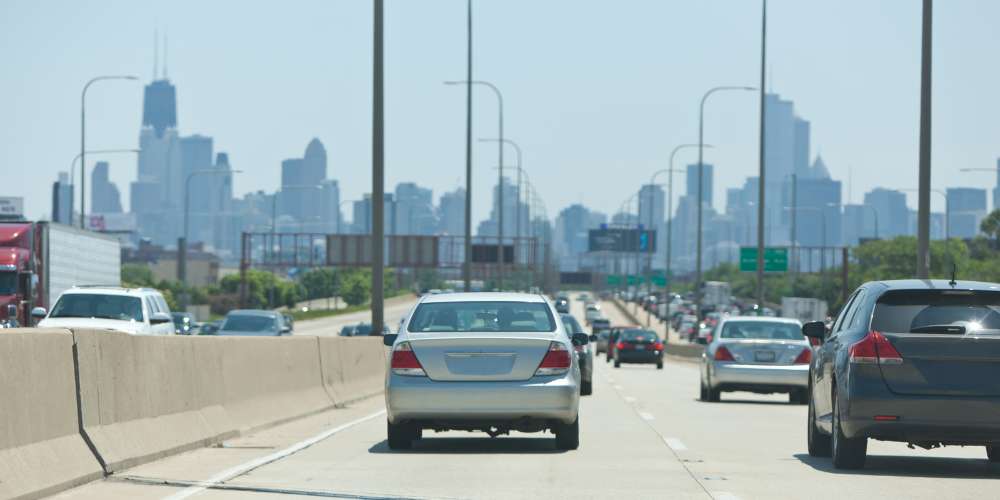While we recommend seeing a chiropractor after a car accident, the most important way to…

Causes of Neck and Back pain after Car Accidents
If you find yourself in a car accident, you might notice neck or back pain directly following the impact or a few days afterwards. (That’s why it’s important to get checked by a doctor ASAP to make sure you’re getting the treatment you need.)
Due to the force of a collision, your body may start to ache. While there are a few common injuries, such as chest pain from the seatbelt’s snug fit, arms and hands numbness and tingling from flailing around during the trauma, and hips and legs from the pressure of the dashboard, the two most prevalent ones are neck and back pain.
Here are a few causes of neck and back pain you might experience after an accident.
Whiplash
Whiplash can easily result in neck and back injuries after a car accident, as it affects the spinal disc and facet joints. When you’re in a crash, there’s an increase in force that moves the body forward abruptly, with a rapid acceleration/deceleration that the body just isn’t prepared for.
This can cause damage to the neck and discs in the spine, and it can result in tears, which can cause pain and inflammation, and potentially nerve root impingement (where the disc impinges on nerve existing spinal cord) and radiculopathy nerve impingement. Unfortunately, the latter diagnosis can cause pain elsewhere, too, such as in the arms, legs, hands, and feet. That’s why it’s really important to get treated for symptoms of whiplash as soon as possible.
Disc Herniation
There are cushion-type discs that separate your vertebrae, and when they rupture in a car crash, it can cause shooting pain the back, as well as in other areas, such as legs, butt, groin, and feet. Disc herniation can be really painful—it can happen when someone is simply sitting or standing or be triggered from activity. It varies based on the individual and severity of the injury, but it’s best to act quickly upon any notice of pain.
Facet Joint Injuries
The facet joint helps the spine stay aligned without swaying too aggressively in either direction; however, a car crash can affect the facet joint, leading to muscle spasms and pain as the spine falls out of alignment. This leads to pain the back and neck. The pain will be abrupt and immediate, but you can alleviate the pain with physical therapy exercises that increase mobility, as well as ice and heat therapy.
Sprain
A neck and back sprain happens when you’ve overstretched or torn a ligament, and it often comes from whiplash. Pain will get worse with activity, and you’ll notice stiffness, inflammation, and bruising. For a neck sprain, you can also experience headaches, a sore throat, and a sensation of numbness and tingling in your arms or hands, which causes them to feel weak.
Strain
Similarly, a strain also comes from jolting the neck and back forwards and backwards abruptly and forcefully. However, there is a difference in the injury and symptoms. A strain causes damage to the muscle or tendon, instead of a ligament, and instead of bruising, you might notice muscle spasms in the area. There will also be pain, limited flexibility, and swelling, as well.
How a Chiropractor Can Help
Icing and taking ibuprofen will help the tension subside, but physical therapy intervention will be most helpful. A chiropractor can help with proper alignment and repair to the damaged muscles and ligaments, which will expedite recovery and prevent subsequent injuries and chronic complications.
Choose a chiropractor who is qualified in the field—a little research can help you find the right one for your needs. During an initial consultation, provide complete details on the crash’s aftermath, how it occurred, and where you feel pain on the body. This will help your chiropractor best serve you.
If you’ve been in a car accident, no matter the amount of pain, seek treatment immediately to prevent any injuries from forming and mitigate any tenderness in the neck or back. A check-up never hurts, and it’ll give you the resources you need should you file a claim or require physical therapy.



